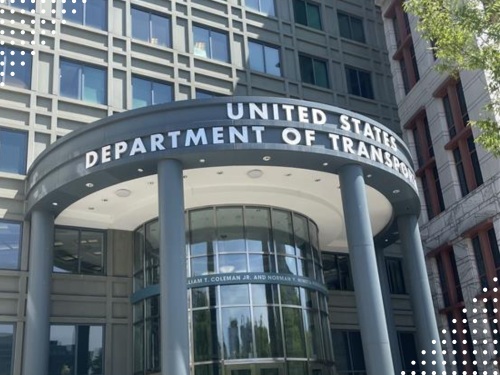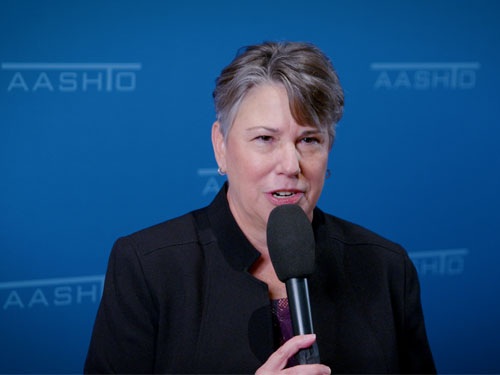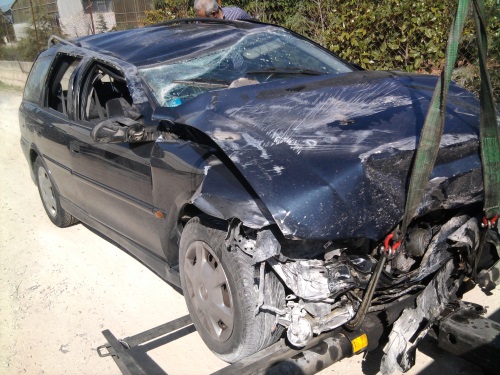Preliminary estimates of 2019 highway crash data released by the National Highway Traffic Safety Administration on May 5 indicated that traffic fatalities continue to decline even as vehicle miles traveled or VMT increases. That mirrors a similar dip that occurred in 2018, though only roughly half as large.
[Above photo via Wikipedia Commons.]
NHTSA said its statistical projection of traffic fatalities for 2019 shows that an estimated 36,120 people died in motor vehicle traffic crashes; a decrease of about 440 or 1.2 percent from the 36,560 fatalities recorded in 2018 – despite a 0.9 percent uptick in VMT. As a result, the fatality rate dropped 1.10 fatalities per 100 million VMT for 2019, down from 1.13 fatalities per 100 million VMT in 2018.

The agency said in a statement that if its 2019 estimates hold true, that 1.10 fatalities per 100 million VMT figure would be the second lowest rate since it started recording fatal crash data.
NHTSA noted that estimated 2019 highway fatalities decreased in most major traffic safety categories: down 3 percent for motor vehicle drivers; down 4 percent for motor vehicle passengers; down 1 percent for motorcyclists; down 2 percent for pedestrians; and down 3 percent for “pedalcyclists,” which is a “catch-all” term that includes bicyclists and riders of two-wheel non-motorized vehicles, tricycles, and unicycles powered solely by pedals.
The agency said, however, that 2019 fatalities in crashes involving at least one large truck are projected to increase slightly by 1 percent.

And though those are all preliminary projections, the 2019 decrease in pedestrian and pedacyclist fatalities is a welcome shift from the respective 3.4 percent and 6.3 percent increases that occurred in 2018.
NHTSA added that it is “accelerating” a variety of efforts to keep pushing down traffic fatalities – including the release of $562 million in grants in February to help fund highway safety programs in all 50 states, the District of Columbia, U.S. territories, and the U.S. Department of the Interior’s Bureau of Indian Affairs.
Those grants help state and local law enforcement agencies enhance their traffic safety efforts to combat risky driving behaviors, the agency noted.
 Top Stories
Top Stories
USDOT Makes $1.5B Worth of BUILD Grants Available
December 19, 2025 Top Stories
Top Stories

